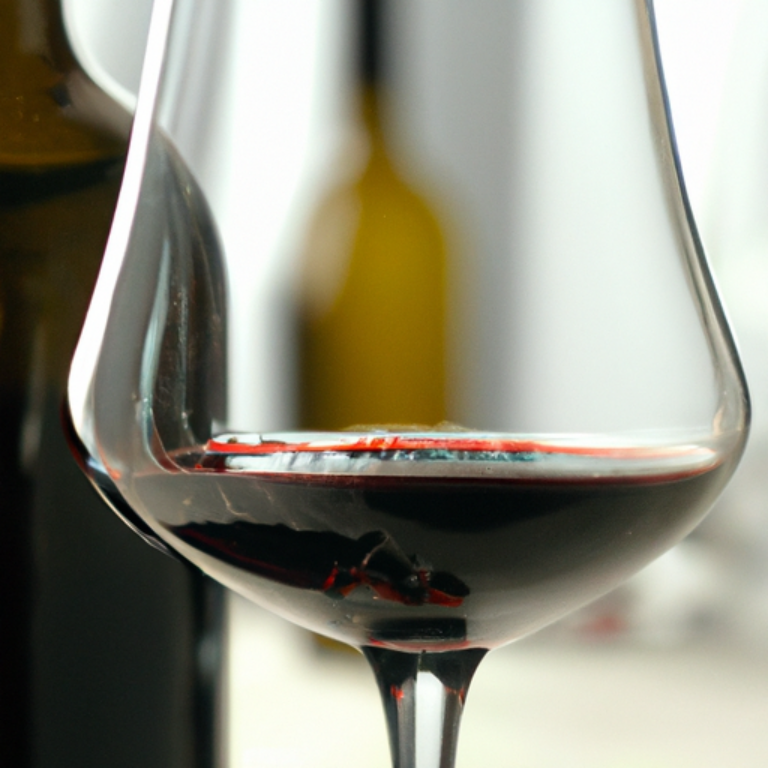Holiday Wine Pairing: Rules of Thumb and Suggestions
-
Article Summary
- Holiday Wine Pairing: Rules of Thumb and Suggestions
- Key Takeaways
- Introduction: The Art of Wine Pairing
- The Basics of Wine Pairing
- Classic Pairings and New Experiments
- When in Doubt, Go Sparkling or Rosé
- FAQ Section
- What is the best wine to serve with turkey?
- What wine goes well with ham?
- Can I serve red wine with fish?
- What wine should I serve with dessert?
- Can I serve the same wine with every course?
- Conclusion: The Joy of Experimentation
- Key Takeaways Revisited
Holiday Wine Pairing: Rules of Thumb and Suggestions

[youtubomatic_search]
Key Takeaways
- Understanding the basic principles of wine pairing can enhance your holiday dining experience.
- Pairing wine with food is more of an art than a science, with room for personal preference and experimentation.
- Classic wine and food pairings exist, but don’t be afraid to break the rules and try something new.
- Consider the weight, acidity, sweetness, and flavor of both the wine and the food when making your pairing choices.
- When in doubt, sparkling wines and rosés are versatile choices that pair well with a wide range of foods.
Introduction: The Art of Wine Pairing
As the holiday season approaches, many of us look forward to indulging in festive meals with family and friends. An integral part of these culinary celebrations is often a carefully chosen bottle of wine. But how do you know which wine to pair with your holiday feast? While there are some traditional rules of thumb, wine pairing is largely a matter of personal taste and can be a fun opportunity to experiment.
The Basics of Wine Pairing
One of the most basic principles of wine pairing is to match the weight of the wine with the weight of the food. Heavier foods like red meat typically pair well with full-bodied wines like Cabernet Sauvignon, while lighter foods like fish or poultry often go well with lighter wines like Pinot Grigio or Sauvignon Blanc.
Another important factor to consider is the acidity of the wine. Wines with high acidity can cut through fatty or rich foods, refreshing the palate. For example, a crisp Chardonnay might pair well with a creamy pasta dish.
Sweetness is another key consideration. In general, your wine should be sweeter than your food. This is why dessert wines like Port or Sauternes are often served with sweet treats at the end of a meal.
Finally, consider the flavors of both the wine and the food. Some wines have fruity, floral, or spicy notes that can complement or contrast with the flavors in your meal. For example, a spicy Zinfandel might pair well with a dish that has a bit of heat.
Classic Pairings and New Experiments
While these basic principles can guide your wine pairing choices, don’t be afraid to break the rules and try something new. Some classic pairings, like oysters and Chablis or steak and Cabernet Sauvignon, are classics for a reason. But there’s also a lot of room for experimentation and personal preference.
For example, you might find that you prefer a bold, tannic red wine with your turkey dinner instead of the traditional white wine. Or you might discover that a sweet Riesling is the perfect match for your spicy holiday appetizer.
When in Doubt, Go Sparkling or Rosé
If you’re still unsure about which wine to choose, sparkling wines and rosés are versatile choices that pair well with a wide range of foods. Sparkling wines, like Champagne or Prosecco, have a high acidity and a touch of sweetness that make them a great match for everything from appetizers to desserts. Rosés, with their balance of fruitiness and acidity, can also complement a variety of dishes.
FAQ Section
What is the best wine to serve with turkey?
Traditionally, white wines like Chardonnay or Sauvignon Blanc are served with turkey. However, a light red wine like Pinot Noir can also be a great match.
What wine goes well with ham?
Ham pairs well with a variety of wines. A fruity red like Zinfandel or a sweet white like Riesling can complement the salty, smoky flavors of the ham.
Can I serve red wine with fish?
While white wine is traditionally served with fish, there are no hard and fast rules. A light red like Pinot Noir can go well with fatty fish like salmon.
What wine should I serve with dessert?
In general, your wine should be sweeter than your dessert. Dessert wines like Port, Sauternes, or late-harvest Riesling can be good choices.
Can I serve the same wine with every course?
While it’s possible to find a wine that pairs reasonably well with a variety of dishes, it’s usually more interesting to serve different wines with different courses.
Conclusion: The Joy of Experimentation
Wine pairing is as much an art as it is a science. While there are some basic principles to guide you, the most important thing is to choose wines that you and your guests will enjoy. Don’t be afraid to experiment and try new combinations. After all, the holiday season is a time for celebration and indulgence, so why not make your wine choices part of the fun?
Key Takeaways Revisited
- Understanding the basic principles of wine pairing can enhance your holiday dining experience.
- Pairing wine with food is more of an art than a science, with room for personal preference and experimentation.
- Classic wine and food pairings exist, but don’t be afraid to break the rules and try something new.
- Consider the weight, acidity, sweetness, and flavor of both the wine and the food when making your pairing choices.
- When in doubt, sparkling wines and rosés are versatile choices that pair well with a wide range of foods.
[youtubomatic_search]







